In the fascinating world of aquarium fish, the Panda Corydoras (Corydoras panda) stands out as a charming and beloved species. These small catfish, with their distinctive black and white markings, have captured the hearts of aquarists worldwide. But what makes these little pandas of the aquatic realm so special?
Table of Contents
First, let’s dive into some scientific facts. Panda Corydoras belong to the Callichthyidae family, which comprises over 200 species of armored catfish. Their scientific name, Corydoras panda, reflects their resemblance to the iconic giant panda. These fish are native to the Ucayali River basin in Peru, where they inhabit slow-moving streams and rivers with sandy or muddy bottoms.
One of the most interesting aspects of Panda Corydoras is their behavior. As bottom-dwellers, they spend most of their time scavenging for food along the substrate. Their diet consists primarily of small invertebrates, algae, and leftover fish food. Panda Corydoras are known for their peaceful temperament and social nature, making them excellent tank mates for other non-aggressive species.
In the aquarium trade, Panda Corydoras are sometimes referred to as “Panda Cats” or simply “Pandas.” Their popularity has soared in recent years, with an estimated 500,000 individuals being sold annually in the United States alone. This demand has led to the development of captive breeding programs, ensuring a sustainable supply of these adorable fish.
When setting up a home for Panda Corydoras, it’s essential to create a suitable habitat. These fish thrive in well-planted aquariums with plenty of hiding spots, such as driftwood and rock formations. A soft, sandy substrate is ideal for their delicate barbels, which they use to search for food. Panda Corydoras prefer slightly acidic to neutral water conditions, with temperatures ranging from 68°F to 77°F (20°C to 25°C).
One fun fact about Panda Corydoras is their unique swimming style. Unlike most fish that swim using their tail fin, Panda Corydoras propel themselves using their pectoral fins in a “rowing” motion. This adaptation allows them to navigate effortlessly along the bottom of the aquarium, even in strong currents.
The history of Panda Corydoras in the aquarium hobby dates back to the 1970s when they were first introduced to the market. Since then, their popularity has only grown, with many aquarists falling in love with their adorable appearance and endearing personalities.
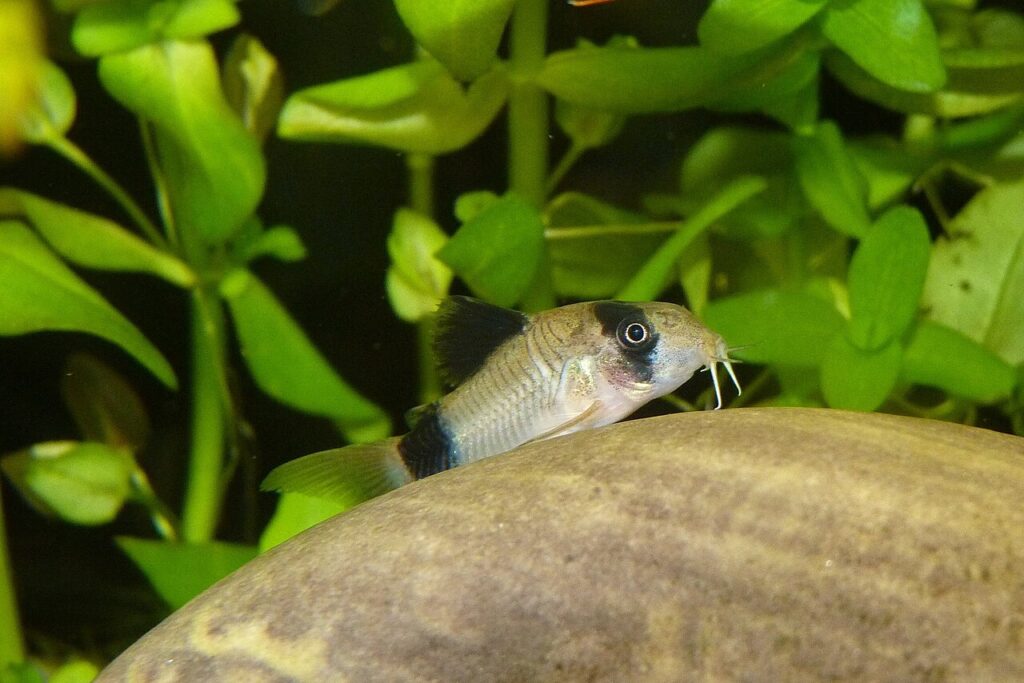
Key Information
The Panda Corydoras is a striking little fish with a unique color pattern that resembles the iconic giant panda. Their body is primarily white, with a distinctive black band running across their eyes, giving them a mask-like appearance. Another black band wraps around their dorsal fin, while their tail fin is transparent with black edges. These contrasting colors make Panda Corydoras stand out in any aquarium setting.
The Panda Corydoras is a striking little fish with a unique color pattern that resembles the iconic giant panda. Their body is primarily white, with a distinctive black band running across their eyes, giving them a mask-like appearance. Another black band wraps around their dorsal fin, while their tail fin is transparent with black edges. These contrasting colors make Panda Corydoras stand out in any aquarium setting.
| Characteristic | Description |
|---|---|
| Family | Callichthyidae |
| Price | $3 to $5 per fish |
| Common Names | Panda Cory, Panda Cat, Panda Catfish |
| Variants | Albino, Long-Finned |
| Ideal Tank Size | 10 gallons or larger |
| Water Parameters | Temperature: 68-77°F (20-25°C), pH: 6.0-7.5, Hardness: 2-12 dGH |
| Lifespan | 5 to 10 years |
| Full Size | 1.5 to 2 inches (4 to 5 cm) |
| Natural Environment | Ucayali River basin in Peru |
| Behavior | Peaceful, social, bottom-dwelling |
| Habitat Preference | Soft, sandy substrate with hiding spots |
| Aquarium Decoration | Plants, driftwood, rocks, caves |
| Ideal Tank Mates | Other peaceful fish, shrimp, snails |
| Fish to Avoid | Large, aggressive fish |
| Best Foods/Diet | Sinking pellets, frozen bloodworms, brine shrimp, vegetable matter |
| Disease | Susceptible to common fish diseases if water quality is poor |
| Sex-Switch | No |
| Gender Differences | Difficult to determine, females may be slightly larger |
| Care Level | Easy |
| Breeding Level | Moderate |
Ideal Tank Mates
When choosing tank mates for Panda Corydoras, it’s essential to consider their peaceful and social nature. These bottom-dwelling fish thrive in the company of their own species and other compatible fish that share similar temperaments and water requirements. Ideal tank mates should not be overly aggressive or territorial, as this can cause stress and harm to the gentle Panda Corydoras.
Panda Corydoras are adaptable and can coexist with a variety of fish species, making them a popular choice for community tanks. They are best kept in groups of at least six individuals to ensure their comfort and well-being. When selecting tank mates, it’s crucial to avoid large, boisterous fish that may outcompete or intimidate the Panda Corydoras during feeding times or inhabit the same tank areas.
Here are 15 ideal tank mates for Panda Corydoras, along with explanations of their compatibility:
1. Neon Tetras
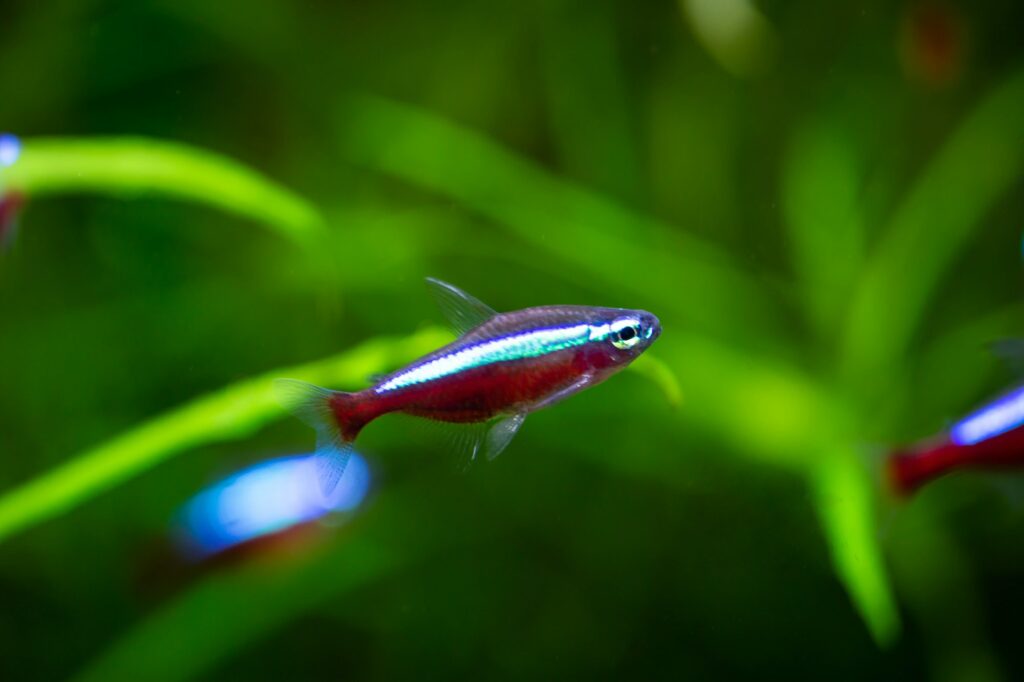
Neon Tetras are small, peaceful fish that occupy the mid to upper levels of the tank, making them an excellent companion for bottom-dwelling Panda Corydoras. Both species have similar water requirements and thrive in planted aquariums.
2. Harlequin Rasboras

Harlequin Rasboras are another small, shoaling fish that coexists well with Panda Corydoras. Their active swimming behavior and peaceful nature make them a lively addition to the tank without causing stress to the Corydoras.
3. Cherry Barbs
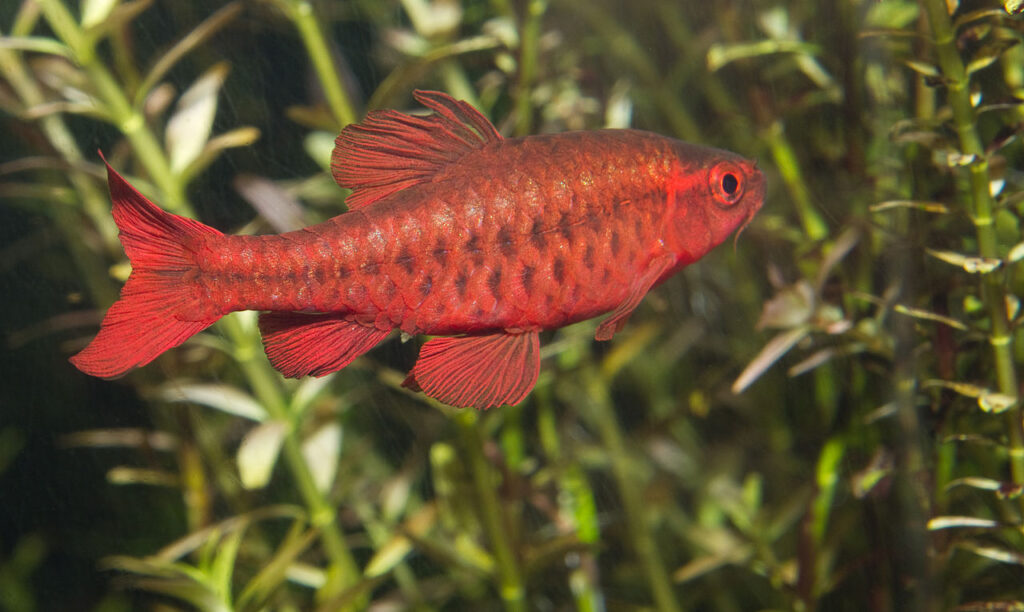
Cherry Barbs are colorful and peaceful fish that adapt well to various tank conditions. They are active swimmers that will not bother the Panda Corydoras, and their vibrant appearance adds visual interest to the aquarium.
4. White Cloud Mountain Minnows
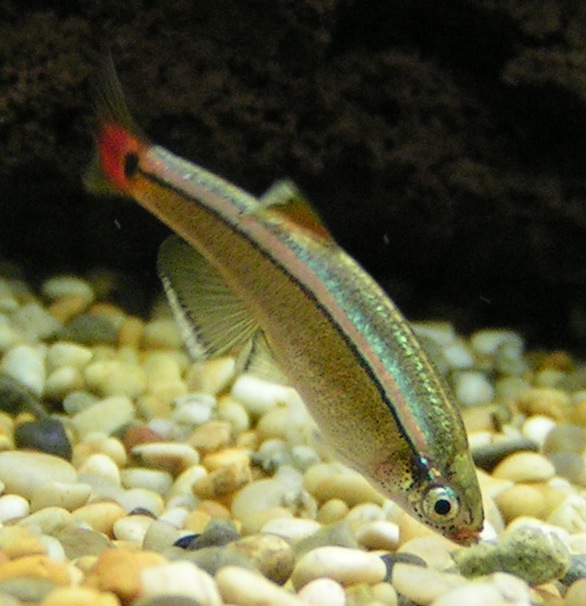
White Cloud Mountain Minnows are hardy, cold-water fish that can thrive in the same temperature range as Panda Corydoras. Their peaceful demeanor and active swimming habits make them an excellent tank mate choice.
5. Kuhli Loaches
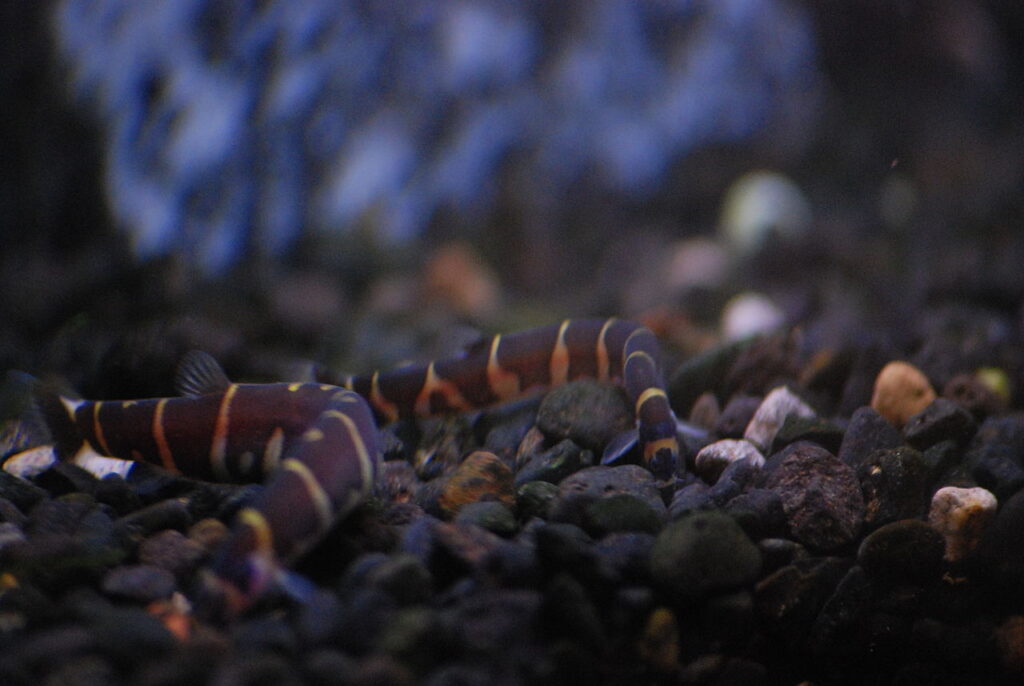
Kuhli Loaches are another bottom-dwelling species that can coexist harmoniously with Panda Corydoras. Both species enjoy sifting through the substrate for food and have similar water requirements.
6. Otocinclus Catfish
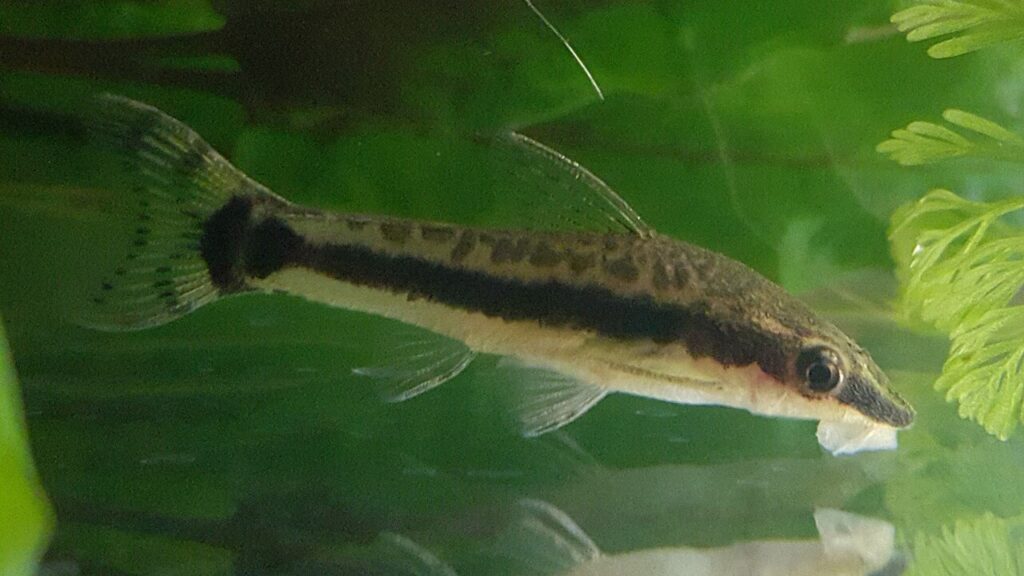
Otocinclus Catfish are small, algae-eating fish that are incredibly peaceful and compatible with Panda Corydoras. They help maintain a clean tank environment by consuming excess algae growth.
7. Ember Tetras
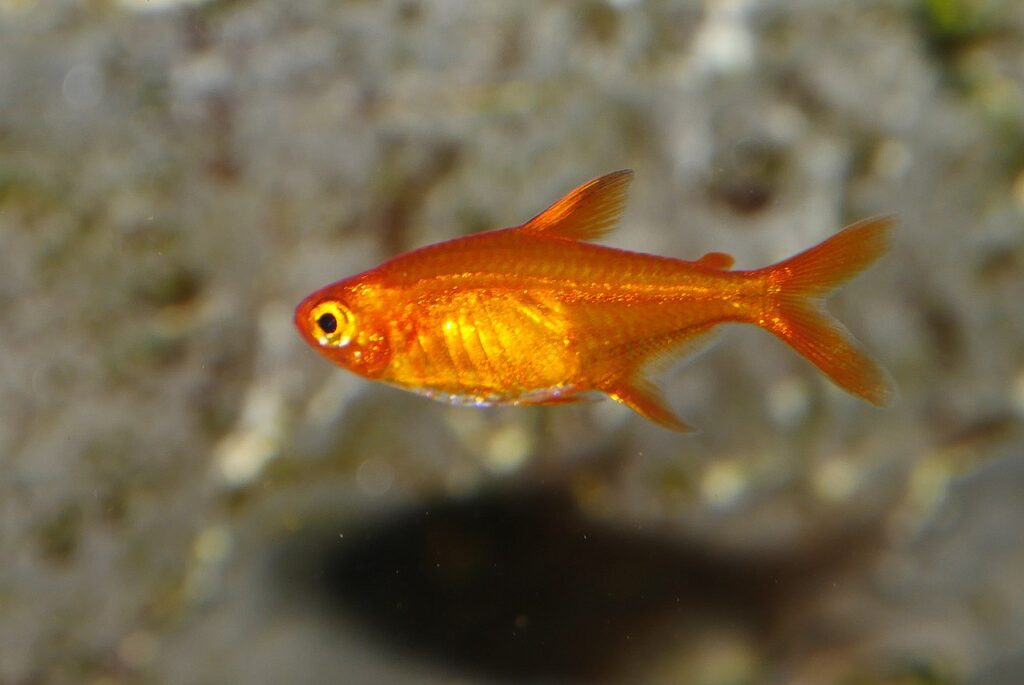
Ember Tetras are tiny, colorful fish that add a vibrant touch to the aquarium. Their peaceful nature and small size make them an ideal companion for Panda Corydoras, as they will not outcompete them for food or space.
8. Pygmy Corydoras
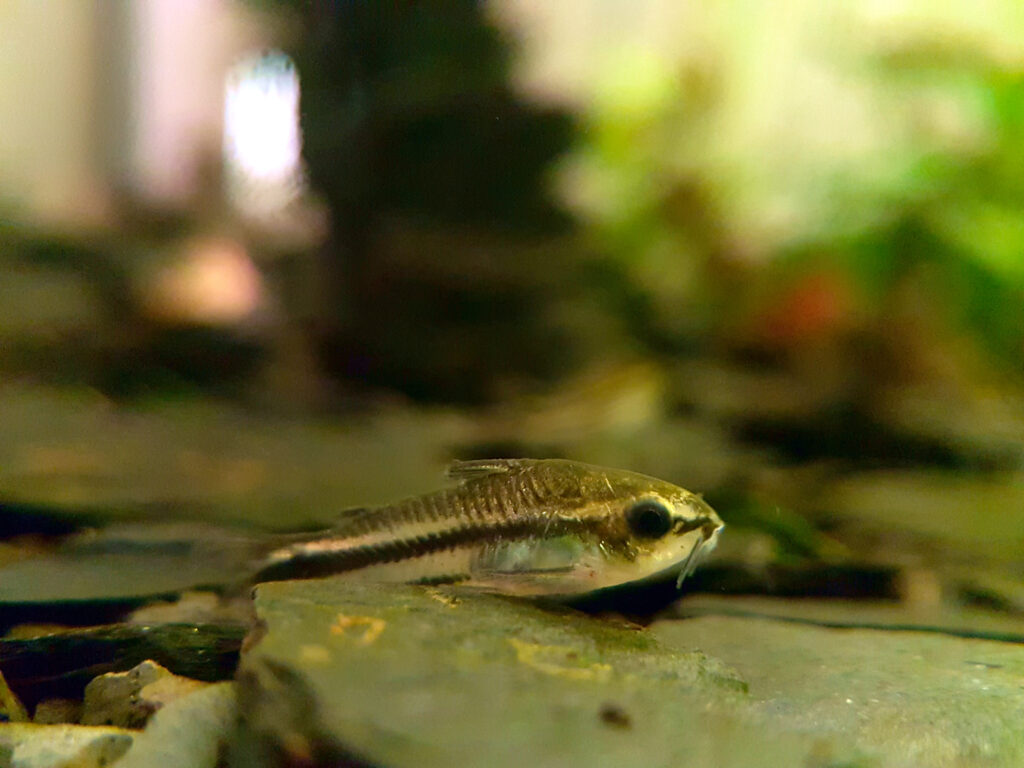
Pygmy Corydoras are smaller relatives of the Panda Corydoras, and they share similar care requirements. These miniature catfish can form charming mixed shoals with Panda Corydoras, creating an engaging bottom-dwelling community.
9. Endler’s Livebearers
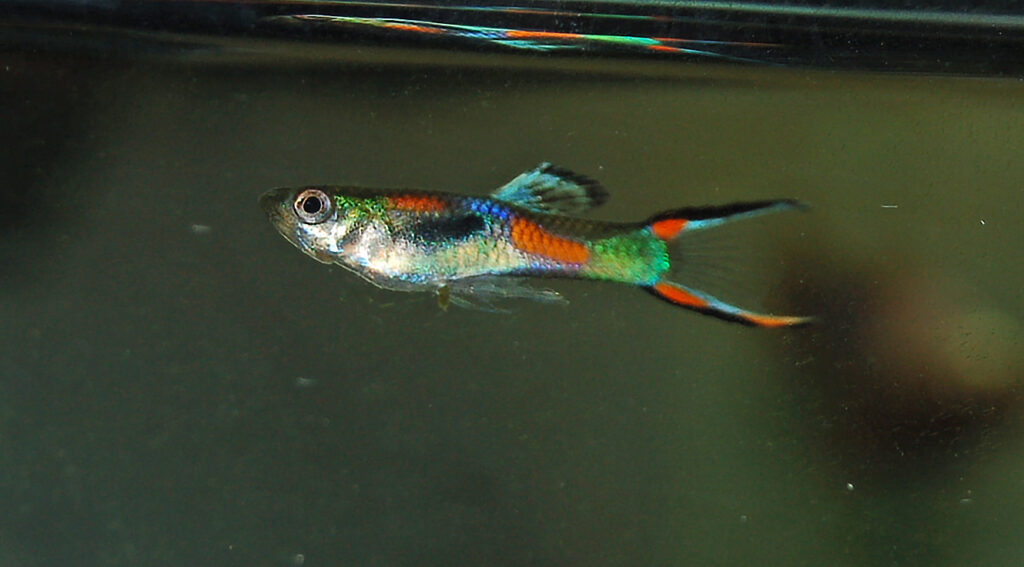
Endler’s Livebearers are small, colorful fish that occupy the upper levels of the tank. Their peaceful nature and adaptability make them a suitable tank mate for Panda Corydoras, and their vibrant colors add visual appeal to the aquarium.
10. Dwarf Gouramis
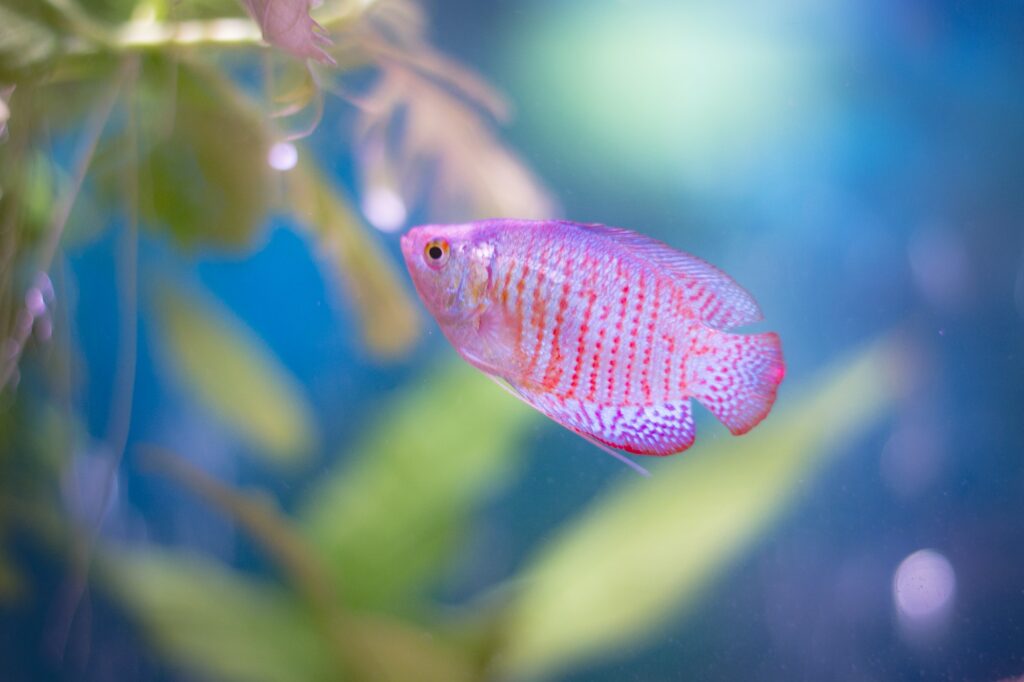
Dwarf Gouramis are gentle, labyrinth fish that inhabit the upper regions of the tank. They are generally peaceful and will not bother the Panda Corydoras, making them a compatible tank mate choice.
11. Celestial Pearl Danios
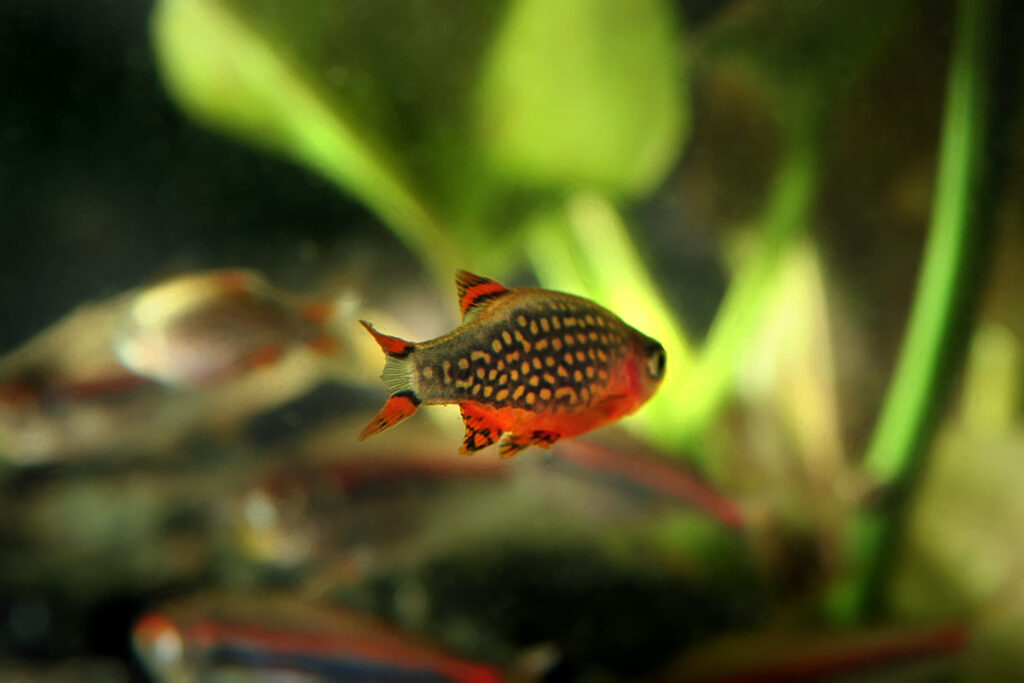
Celestial Pearl Danios, also known as Galaxy Rasboras, are small, peaceful fish with stunning colors and patterns. They occupy the mid to upper levels of the tank and will not interfere with the Panda Corydoras’ space.
12. Chili Rasboras
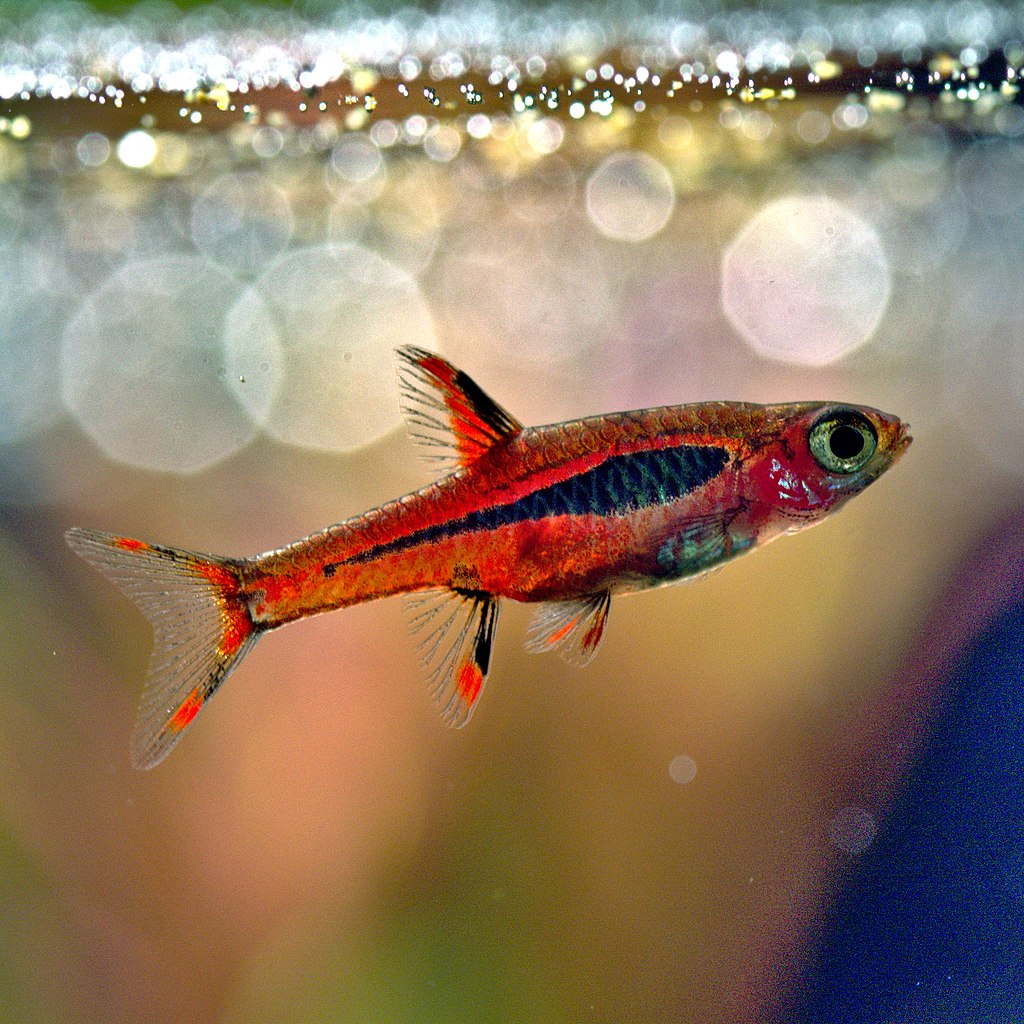
Chili Rasboras are tiny, vibrant fish that thrive in similar water conditions as Panda Corydoras. Their peaceful nature and small size make them an excellent addition to a Panda Corydoras community tank.
13. Honey Gouramis
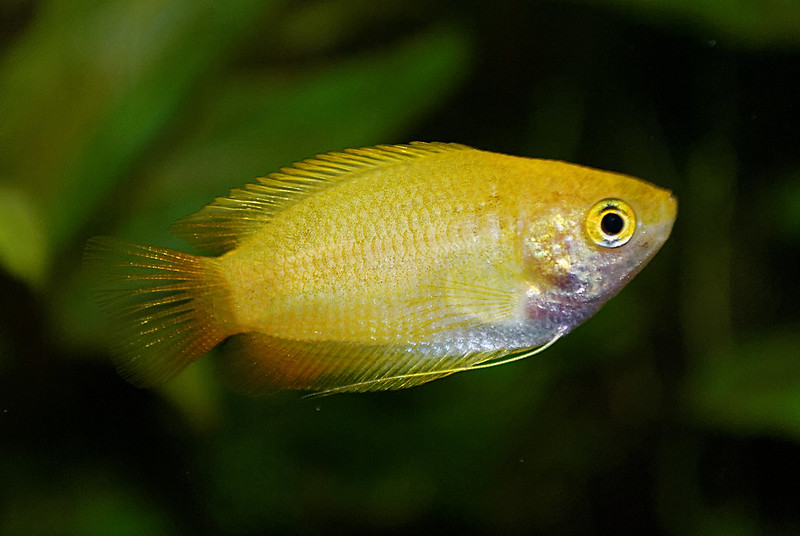
Honey Gouramis are mild-mannered, labyrinth fish that can coexist peacefully with Panda Corydoras. They occupy the upper levels of the tank and have a calm demeanor, making them a compatible tank mate choice.
14. Cardinal Tetras
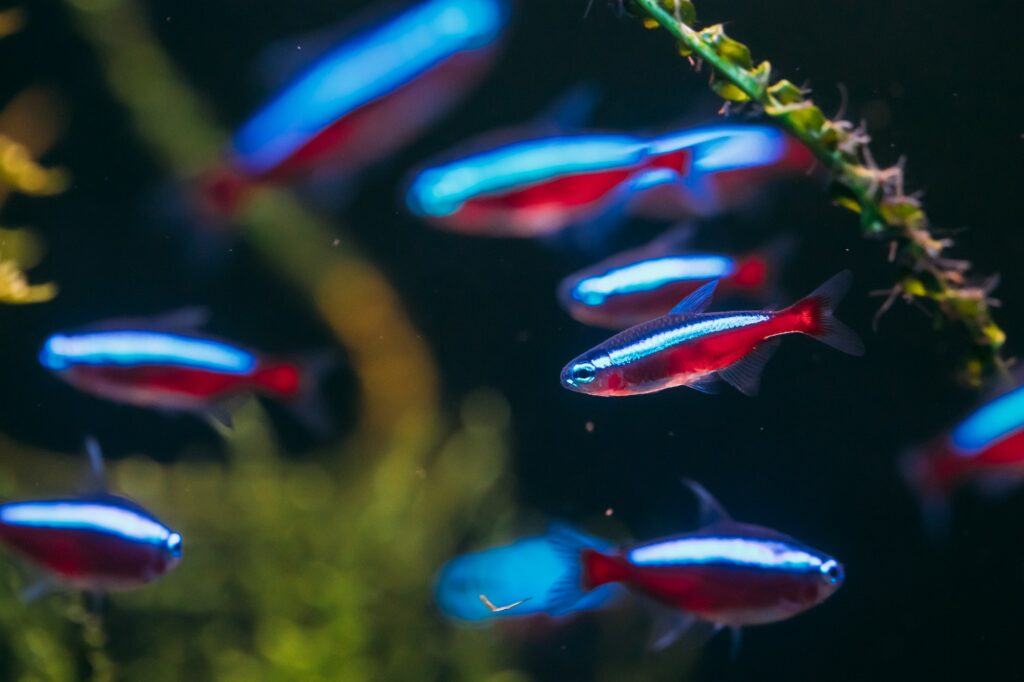
Cardinal Tetras are stunning, peaceful shoaling fish that inhabit the mid to upper levels of the tank. Their striking colors and peaceful nature make them a visually appealing and compatible tank mate for Panda Corydoras.
15. Rummy Nose Tetras
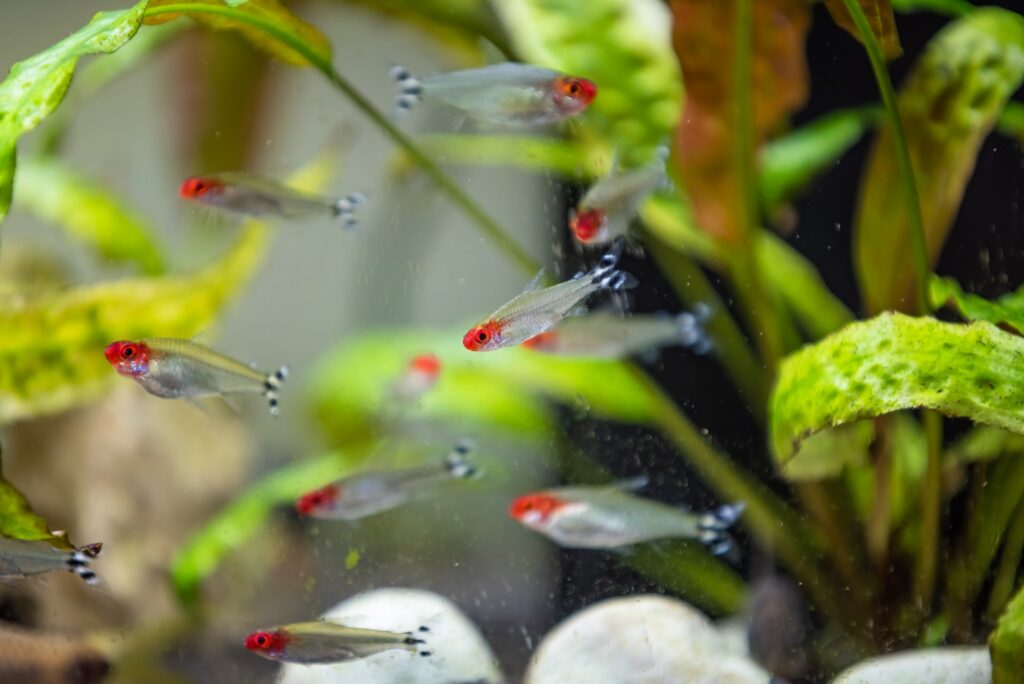
Rummy Nose Tetras are active, peaceful shoaling fish that thrive in similar water conditions as Panda Corydoras. Their unique appearance and lively swimming behavior add interest to the tank without disturbing the bottom-dwelling Corydoras.
FAQs
How many Panda Corydoras should I keep together?
Panda Corydoras are social fish that thrive in groups. It’s recommended to keep at least six individuals together to ensure their comfort and well-being. Keeping them in larger groups will help them feel more secure and display their natural behaviors.
Can Panda Corydoras live in a 5-gallon tank?
While Panda Corydoras are small fish, a 5-gallon tank is not suitable for their long-term care. These fish need plenty of swimming space and a larger tank to accommodate their social needs. A 10-gallon tank or larger is recommended for a group of Panda Corydoras.
Are Panda Corydoras good algae eaters?
Although Panda Corydoras will occasionally graze on algae, they are not considered efficient algae eaters. Their primary diet consists of sinking pellets, frozen foods, and other small invertebrates. If you need help controlling algae growth, consider adding dedicated algae eaters like Otocinclus Catfish or Nerite Snails to your tank.
How often should I feed my Panda Corydoras?
Panda Corydoras should be fed small amounts of food twice a day. Offer them a variety of sinking pellets, frozen bloodworms, brine shrimp, and vegetable matter to ensure a balanced diet. Be careful not to overfeed, as excess food can lead to water quality issues.
Do Panda Corydoras need a heater?
Panda Corydoras are tropical fish that require a consistent water temperature between 68-77°F (20-25°C). If your room temperature is outside this range, it’s essential to use an aquarium heater to maintain a stable water temperature for your Panda Corydoras.
Can Panda Corydoras live with Bettas?
While Panda Corydoras are peaceful fish, Bettas can sometimes be aggressive towards tank mates. The compatibility between Panda Corydoras and Bettas depends on the individual temperament of the Betta. If you have a particularly docile Betta, it may be possible to keep them together in a larger tank with plenty of hiding spots and separate territories.
How can I tell if my Panda Corydoras are male or female?
Determining the sex of Panda Corydoras can be challenging, as there are no obvious external differences between males and females. Sometimes, mature females may appear slightly larger and more rounded in the belly area when viewed from above, especially when carrying eggs.
Do Panda Corydoras lay eggs?
Yes, Panda Corydoras are egg layers. When breeding, they will scatter their adhesive eggs among plants or other tank decorations. The eggs will hatch in 3-5 days, and the fry will become free-swimming within a few days after hatching.
How long do Panda Corydoras live?
With proper care and maintenance, Panda Corydoras can live between 5 to 10 years in captivity. Providing them with a well-maintained tank, a balanced diet, and suitable tank mates will help ensure their longevity and quality of life.